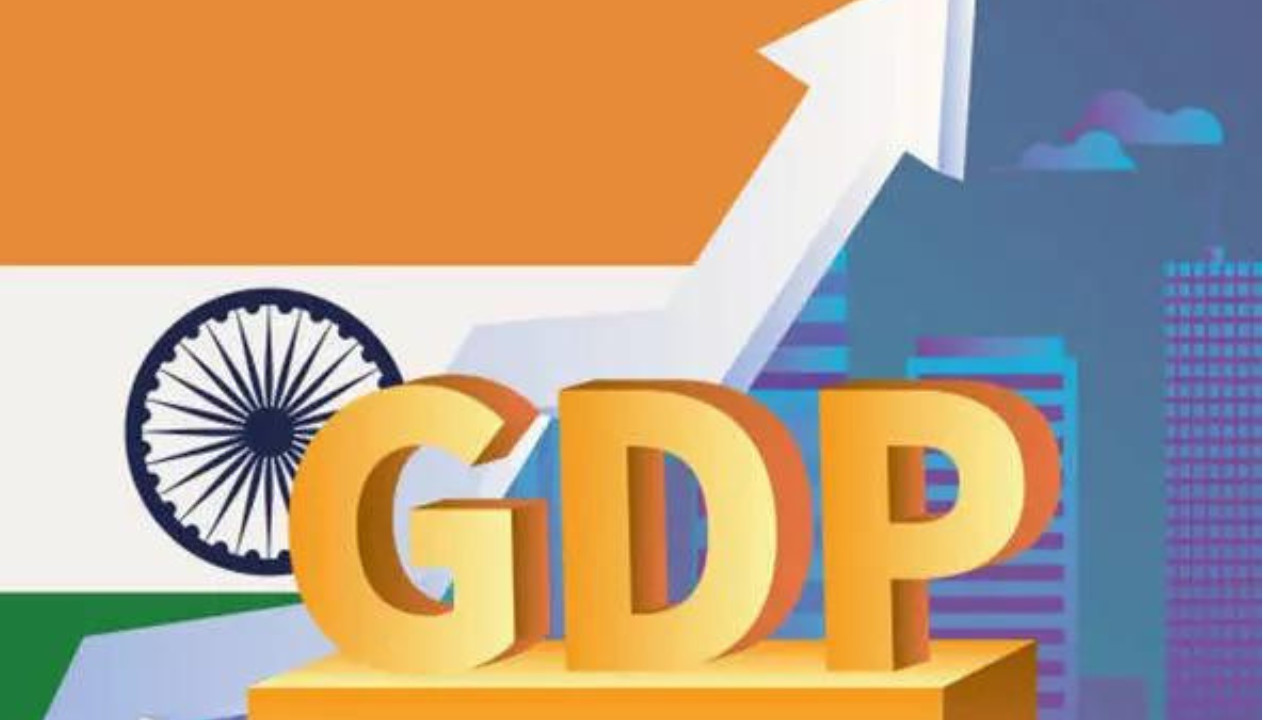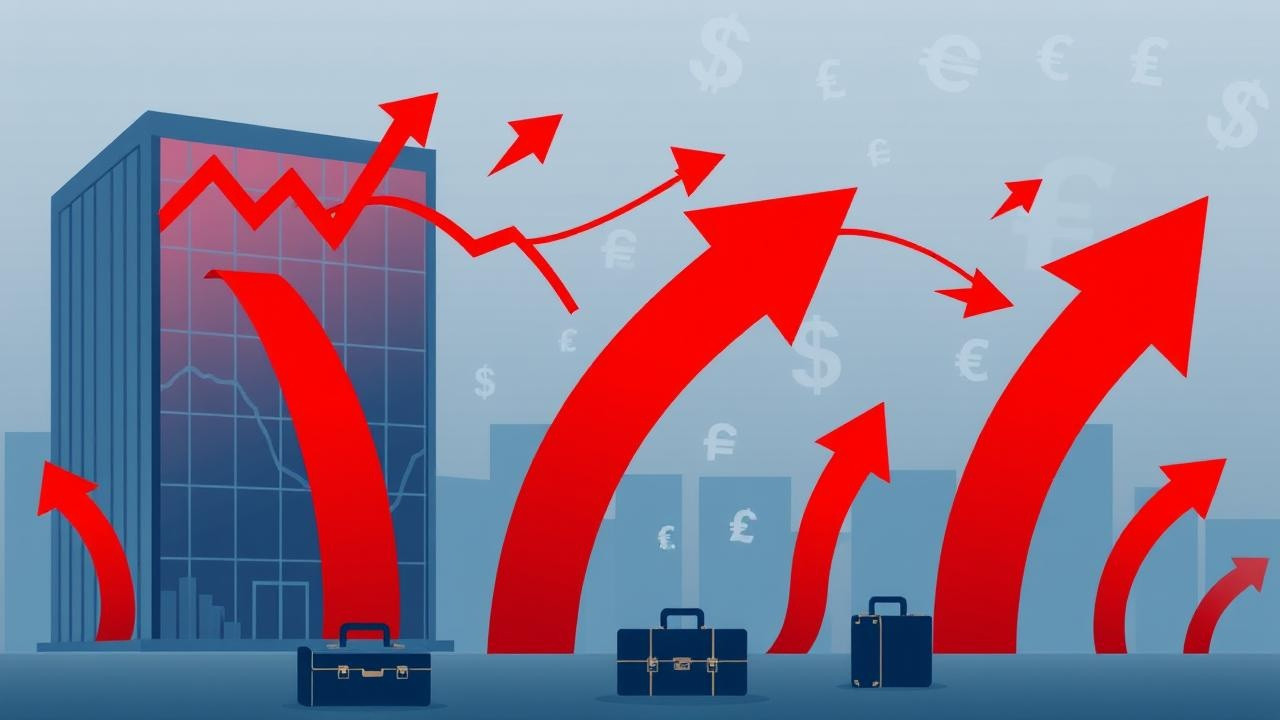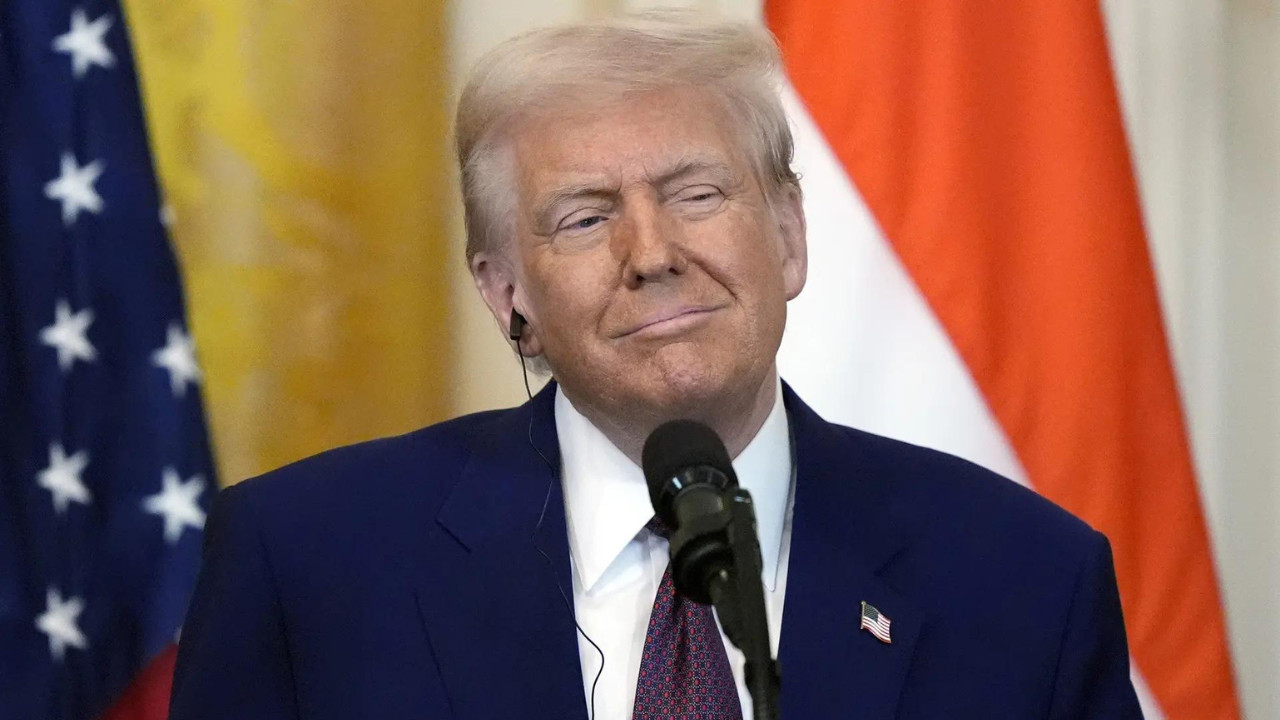S&P Global Market Intelligence warns that India’s GDP growth could dip below 6.2% in FY26 if the US imposes a 25% tariff beyond September. This stems from India’s reluctance to offer market access for US agriculture and dairy products.
Navigating the Choppy Waters: Will India’s Growth Story Weather the Tariff Storm?
India’s economic ascent is a narrative many are watching with bated breath. But could a looming trade war with the US throw a wrench in the works? That’s the question analysts are grappling with, and the answer isn’t as straightforward as we might hope. Standard & Poor’s (S&P) recently weighed in, suggesting that persistent tariffs could drag India’s GDP growth below 6.2% in fiscal year 2026. It’s a sobering thought, particularly given the nation’s ambitions for sustained economic expansion.
The assessment highlights the delicate balancing act India faces as it navigates an increasingly complex global landscape. We all know that global trade is no longer just about economics; it’s deeply intertwined with geopolitics. And when those political currents shift, economies feel the ripple effects.
The US Tariff Threat: How Deep Could the Cuts Be?
The potential impact of US tariffs is the primary concern. While the exact nature and scope of these tariffs remain uncertain, the possibility of their continuation presents a credible downside risk to India’s growth trajectory. Think of it like this: trade is the lifeblood of many economies, and tariffs act like a tourniquet, slowing the flow. A prolonged tourniquet application could lead to serious complications.

This isn’t just about abstract numbers; it’s about real-world consequences. Reduced trade can translate into fewer jobs, lower investment, and slower overall economic activity. It’s crucial to remember that economics isn’t an isolated field; it affects everyone from small business owners to consumers.
Agriculture and Russia: Additional Headwinds for the Indian Economy
The US isn’t the only challenge. S&P also pointed to other factors that could dampen India’s economic prospects. Agriculture, a crucial sector for India’s economy, faces its own set of hurdles. Erratic weather patterns, water scarcity, and evolving global demand are all contributing to uncertainty. Farmers need support and sustainable solutions to thrive, and these challenges require a concerted effort from policymakers and innovators alike.
Then there’s the ongoing situation with Russia. While India has maintained trade ties with Russia, the long-term implications of the conflict in Ukraine and the associated sanctions remain unclear. Supply chain disruptions and volatile commodity prices could further complicate matters. India’s ability to adapt and diversify its trade relationships will be critical in mitigating these risks. For more on India’s global economic strategy, see our article on [India’s position in the shifting world order](internal-link-to-related-content).
Can India Steer Clear of the Slowdown?
Despite these challenges, the Indian economy has shown resilience. The nation’s young and growing workforce, its expanding middle class, and its increasing integration into global value chains offer considerable strengths. Furthermore, the government’s focus on infrastructure development and reforms aimed at improving the ease of doing business could provide a buffer against external shocks.
But these factors alone aren’t enough to guarantee smooth sailing. Proactive policies are needed to address the potential impact of tariffs and other external pressures. Strengthening domestic demand, promoting exports to alternative markets, and investing in innovation are all vital strategies.
Ultimately, India’s ability to weather these storms will depend on its ability to adapt and innovate. It needs to cultivate strong relationships with diverse trading partners, invest in its own infrastructure and human capital, and foster an environment that encourages entrepreneurship and innovation. The global economic landscape is constantly shifting, but a nation that can anticipate and adapt to change is a nation that can thrive.
The Road Ahead for Indian GDP
The S&P forecast serves as a timely reminder that India’s economic journey is not without its challenges. While the country possesses significant strengths, it must navigate a complex web of global trade tensions, agricultural vulnerabilities, and geopolitical uncertainties. Whether India can maintain its projected growth trajectory amidst these headwinds remains to be seen, but a proactive and adaptable approach will be crucial in ensuring long-term economic prosperity. Careful management of tariffs and other global economic forces could protect India GDP growth for years to come.







